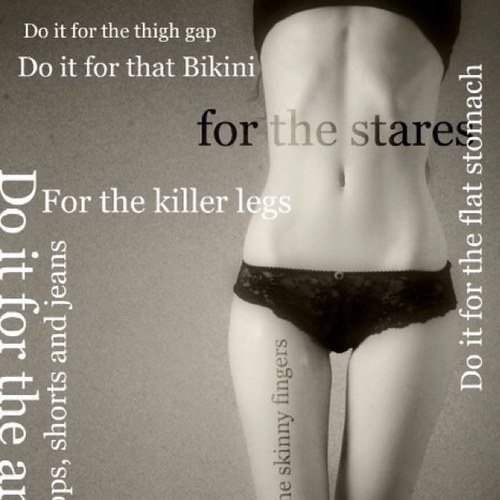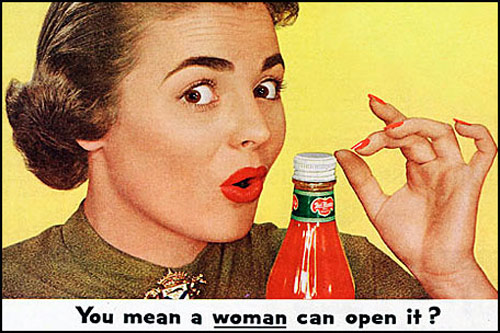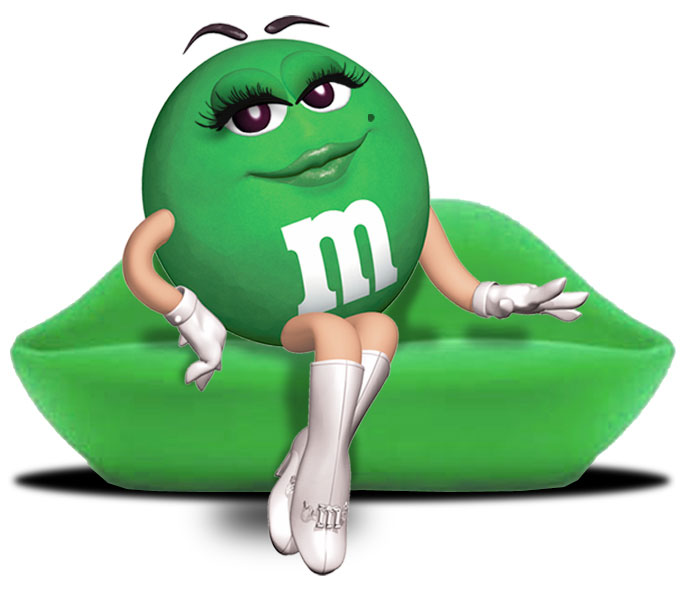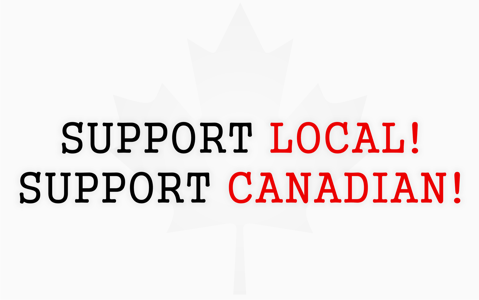I was scrolling through Facebook on my phone when I came across an offer by a gym located in the UBC village. As someone who loves all things healthy, it naturally caught my eye and stood out from the cat videos and other posts I had been seeing on my News Feed.
It was then that I discovered Facebook’s new function: targeted offers. It turns out that this gym targeted people within a 4-mile radius or so, as well as those who have shown interest in health and fitness. For example, I have done many searches on healthy eating, kickboxing, zumba, etc. Facebook also knows I go to UBC, so that’s probably how I ended up with this cool little offer in my feed. As this offer was so well-targeted in addition to time-sensitive, I naturally jumped on the offer and went to check out the gym. After trying out the classes and being personally introduced to the facility by the sales rep there, I began seriously considering joining.
This is a smart way for businesses to leverage social media to drive traffic into their stores and acquire new customers. As a customer myself, I understand that people are more likely to join a fitness facility after they’ve had a chance to try it out themselves. Especially with the booming of so many fitness companies these days, an attractive Facebook offer is one solid way to stand out. In this offer in particular, I can see that women are being targeted. The picture is of a fit woman, and classes such as zumba, spinning, and yoga were emphasized in the text of the offer. Good move, Gold’s.
Not surprisingly, after I clicked on this one, a range of other offers started popping up in my feed, with everything from kickboxing studios to yoga memberships. Thanks to the appropriate targeting, I was not annoyed at all. In my mind, I thought, “Sweet!!”
What a great reason to be on Facebook. And what a great time to get fit!
























